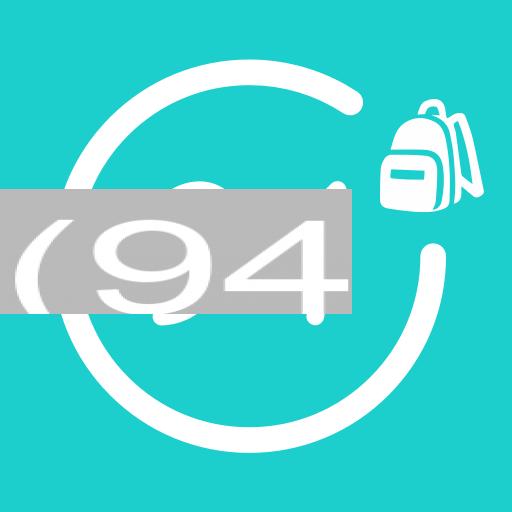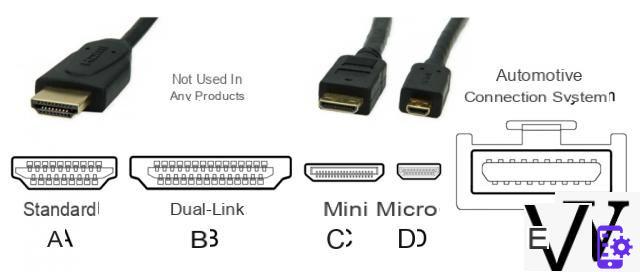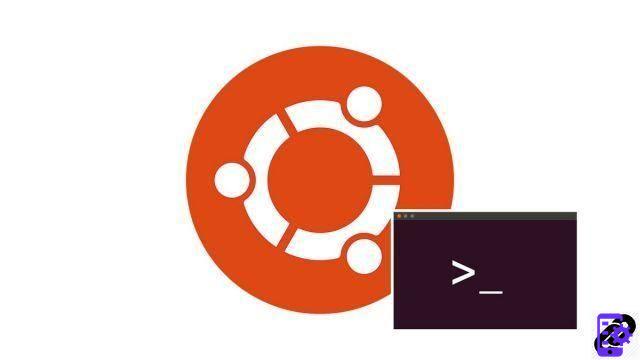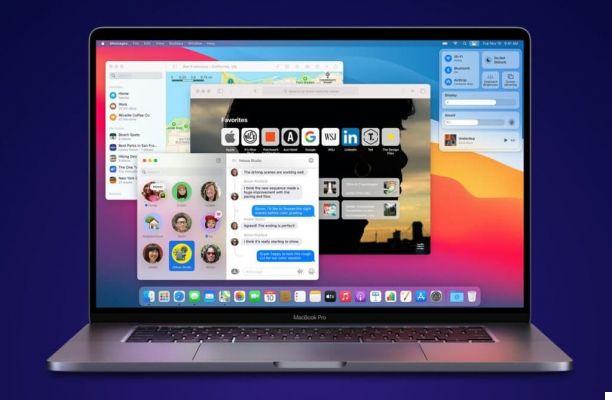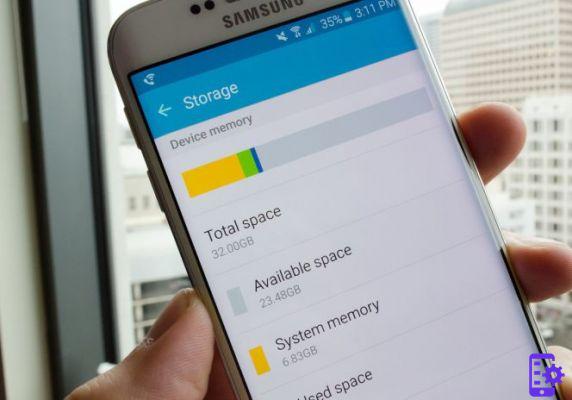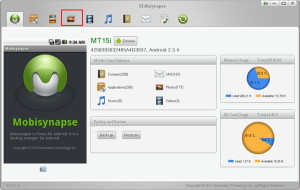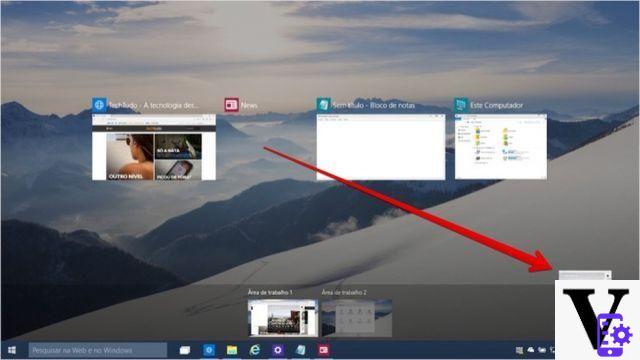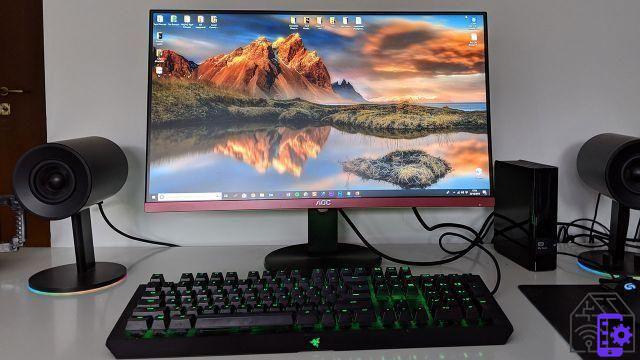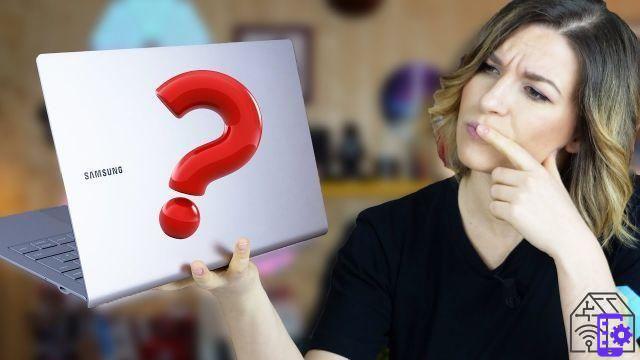What's true
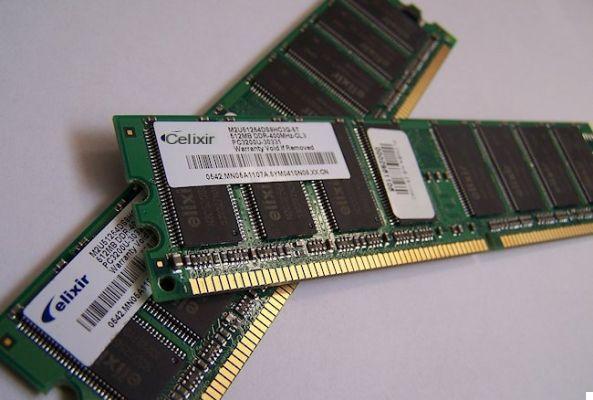





La RAM (Random Access Memory, or "Random Access Memory") is one of the fundamental components of a computer or cell phone. Its job is to remember the calculations for a limited amount of time, so the processor doesn't have to redo the same calculations every time.
Despite its importance, many have a misconception of what it does, what it is for and how much it is for. Let's try to dispel some myths, then:
1) "I don't need any more RAM"
Are you really sure that the amount of RAM on your laptop or desktop pc is enough to run the programs well?
Most developers write programs in such a way that they require a certain percentage of available RAM. Therefore, if you have installed more RAM, the same percentage required will mean a larger size available for the program.
Just because you're using 60% (or even less) of the total RAM available doesn't mean you don't need more memory. The tasks you typically perform may only take up 60% of your RAM, saving the rest for other tasks you might want to perform in the future.
That said, there is indeed a general rule of thumb that suggests the RAM you really need. For a common user, 4 Gb is the minimum and 8 Gb is the recommended size for best performance.
A gamer, a professional who works a lot with graphics, video editing or music should preferably mount 16 Gb.
| To navigate well, powerful hardware is not enough: you also need a fast connection, like InformaticsKings UltraFibra! |
2) "RAM size only counts"
You probably already know how much RAM your PC or mobile phone has. And when someone says they have a lot of it on their PC, you automatically assume their system is faster. This is not necessarily true.
There are several elements that determine RAM performance. Aside from size, speed or frequency is important. Usually, the average computer user does not notice the difference between 8 and 16 Gb of RAM, audio / video professionals and gamers on the other hand do.
Ultimately, switching 8Gb of a given speed with much higher frequency RAM can lead to a significant performance boost.
3) "Cannot add RAM of different sizes"
Generally, most laptops or computers come with two RAM slots, in which only banks of the same size should be placed, according to a popular idea.
Of course, it is advisable to use RAM from the same manufacturer, the same size and the same frequency. In order for two RAM banks to work perfectly together, they must have the same voltage and that their respective controllers work correctly with each other and towards the motherboard. This is why the ideal would be to use the same model in all slots.
This does not mean, however, that RAM banks of different sizes cannot be used. For example, if the first is 4 Gb, you can always add an 8 Gb. When switching to mode dual channel, the system will behave as if it had two banks of 4; the remaining 4 Gb will work in single channel mode. It's not as fast as using two banks of the same size, but it's still faster than what you used to have.
4) "You should clean up RAM to increase speed"
It is one of the most famous "myths" about how memory works. If the memory is full, it means it is working. And indeed, the operating system and programs should use all available RAM. Clearing the RAM with one of the many "memory optimizer" programs has no effect. Not even on Android.









